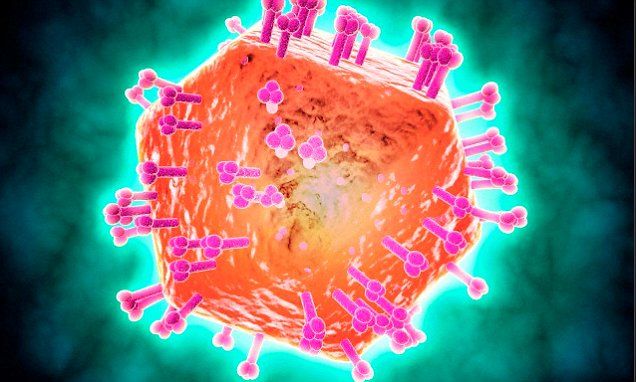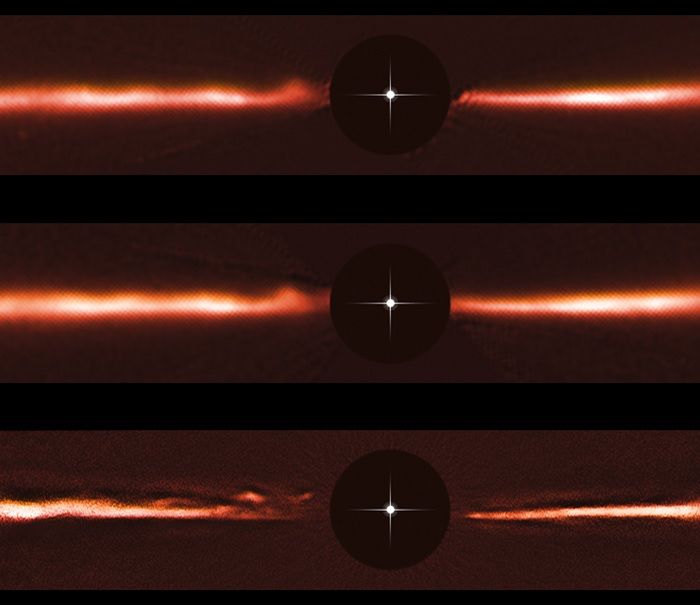
Scientists were looking for planets forming in the large disk of dust surrounding a young star when they encountered a surprise: fast-moving, wavelike arches racing across the disk like ripples in water.
The team first spotted the five structures in data from the European Southern Observatory’s Very Large Telescope in Chile while searching for lumps and bumps that might indicate planets forming around the young star. When the researchers looked back at images taken with the Hubble Space Telescope in 2010 and 2011, they managed to spot the same features — but in new locations. A new video of the mysterious ripples, describes the strange features as seen by ESO scientists.
“Our observations have shown something unexpected,” Anthony Boccaletti, a researcher from LESIA (Observatoire de Paris/CNRS/UPMC/Paris-Diderot) in France and lead author on the paper, said in a statement. “The images from [the Very Large Telescope instrument] SPHERE show a set of unexplained features in the disk, which have an archlike or wavelike structure unlike anything that has ever been observed before.” [The Top 10 Strangest Things in Space]
Continue reading “These Mysterious Blazing-Fast Ripples Racing Around a Star Defy Explanation” »
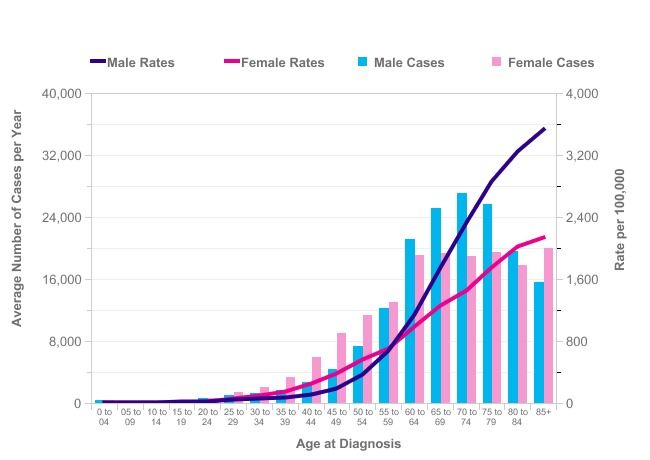
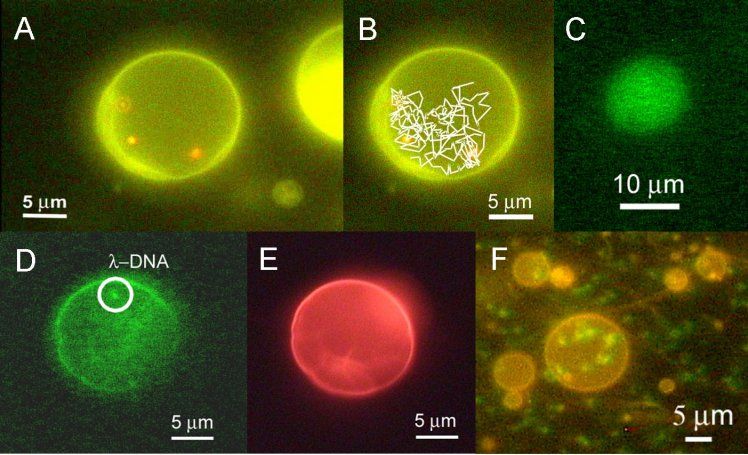
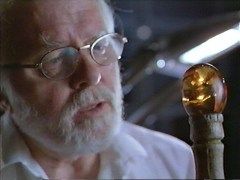 In Jurassic Park, a novel devoted to the scare of genetic engineering when biotech was new in the 1990s, the character of John Hammond says:
In Jurassic Park, a novel devoted to the scare of genetic engineering when biotech was new in the 1990s, the character of John Hammond says:
